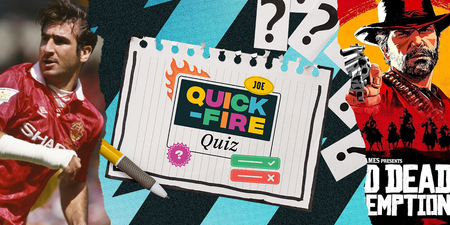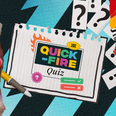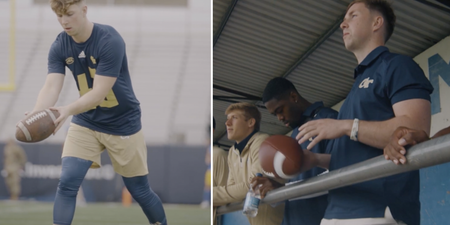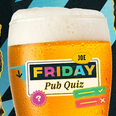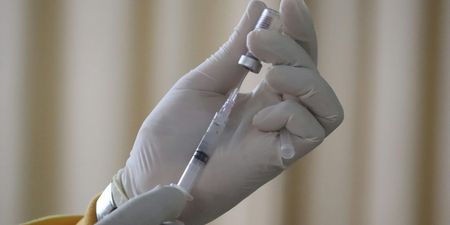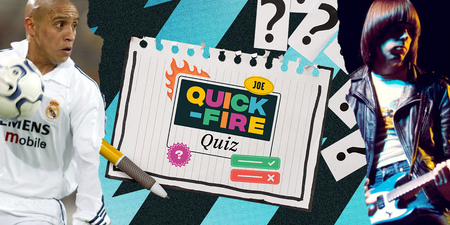Brought to you by Panadol Extra-Film Coated Tablets. Contains paracetamol. For pain relief. Always read the label.
By understanding the root cause of your pain, you may be able to take steps to reduce the chance of headaches in the future.
Whether you’re prone to throbbing on one side of your head, or you tend to experience pain all over, there’s no denying that headaches can really slow us down. They can make us feel foggy, groggy and confused as we go about our daily tasks, and in some cases, they prevent us from even getting out of bed.
When headaches strike, we crave relief, but did you know that there are several different types of headaches? To help you identify your pain, understand the symptoms and pinpoint what’s causing your headache, we’ve teamed up with Panadol to shine a light on the different types of headaches and their symptoms.
Tension headache
Tension headaches, also known as primary headaches, are the most common headaches, and they typically feel like a tight band of pressure around the head. The pain tends to be mild to moderate and they can last from a half an hour to a number of days.
What causes tension headaches?
They occur when the muscles in the neck or head contract. Triggers include stress, dental and jaw problems, eye strain, smoking, alcohol, caffeine and overexertion.
What are the symptoms?
- Dull, aching head pain
- Pain that starts at the temples or base of the head
- A feeling like a band stretched tightly across the head
- Equal pain on both sides of the head
- Stiffness or pain in the shoulders or neck muscles
Cluster headaches
Cluster headaches are a type of primary headache that come on in clusters which last between 15 minutes to three hours. They can feel more severe than a tension headache and are two-and-a-half times more likely to occur in men than in women.
What causes cluster headaches?
Cluster headaches are caused by the a dilation or widening of blood vessels. Triggers include alcohol, smoking, some medications like nitroglycerin to treat heart disease, high altitude, overexertion and heat.
What are the symptoms?
- Pain that originates on one side of the head
- Pain that feels like it sits behind one eye
- Pain in the forehead or jaw
Sinus headaches
Sinus headaches are caused by an infection of the sinuses, the small air-filled cavities that sit behind the cheekbones and forehead. This build up of pressure leads to pain.
What triggers sinus headaches?
Sinus headaches are triggered by the flu, the common cold and allergies.
What are the symptoms?
- Pain in the forehead, around the cheekbones and the eyes
- Pain that feels like pressure
- Throbbing pain that will usually feel worse if you lean forward
- Nasal congestion and a thick green or yellow discharge
Dehydration headaches
As their name suggests, dehydration headaches occur when the body loses more water than you are replenishing. This may happen after a long workout, a stressful day or from just forgetting to drink water.
What causes dehydration headaches?
As well as general dehydration, these headaches can be caused by overexertion, caffeine, alcohol and certain drugs.
What are the symptoms?
- Pain anywhere around the head
- Extreme thirst
- Less frequent urination or dark urine
- Dizziness and confusion
- A dry mouth
Rebound headaches
Rebound headaches may feel like tension headaches and they tend to be worse in the morning.
What causes rebound headaches?
These headaches are caused by coming off certain medications, like pain medications. They can also be caused by caffeine withdrawal.
What are the symptoms?
- Irritability
- Restlessness
- Trouble remembering
- Nausea
What treatments are there for headaches?
When a tension headache begins, try treating it with suitable pain-relieving medicines, such as Panadol Extra Film-coated tablets, which combine paracetamol and caffeine and can provide up to 30% more powerful pain relief than standard paracetamol tablets.
One review of clinical trials found that ibuprofen and products that contain paracetamol were similarly effective in relieving the pain of tension headaches after two hours. Ibuprofen is an anti-inflammatory drug as well as a painkiller. That makes it a good choice when you’re also addressing an underlying inflammation.
Some pain relief options work better for some people than others. It may take time to work out the most suitable treatment for you.
You can also try a number of home remedies including:
- Rest and relaxation
- A warm bath
- A head, neck, and shoulder massage
- A heat pack against a painful area
How can I help stop headaches from happening?
Cluster and tension headaches can be chronic, if your symptoms persist or you get recurring headaches, seek medical advice.
Lifestyle changes are often the first step to assist you in addressing chronic headaches. By addressing the underlying triggers, you may be able to minimise the frequency of your headaches. Triggers of chronic or cluster headaches include;
- Stress
- Poor Posture
- Eye Strain
- Certain foods or drinks
Depending on the type of headache, your healthcare professional may be able to advise on preventative medication or alternative therapeutic strategies.
Panadol Extra Film-coated tablets contain paracetamol. Always read the label/leaflet.






